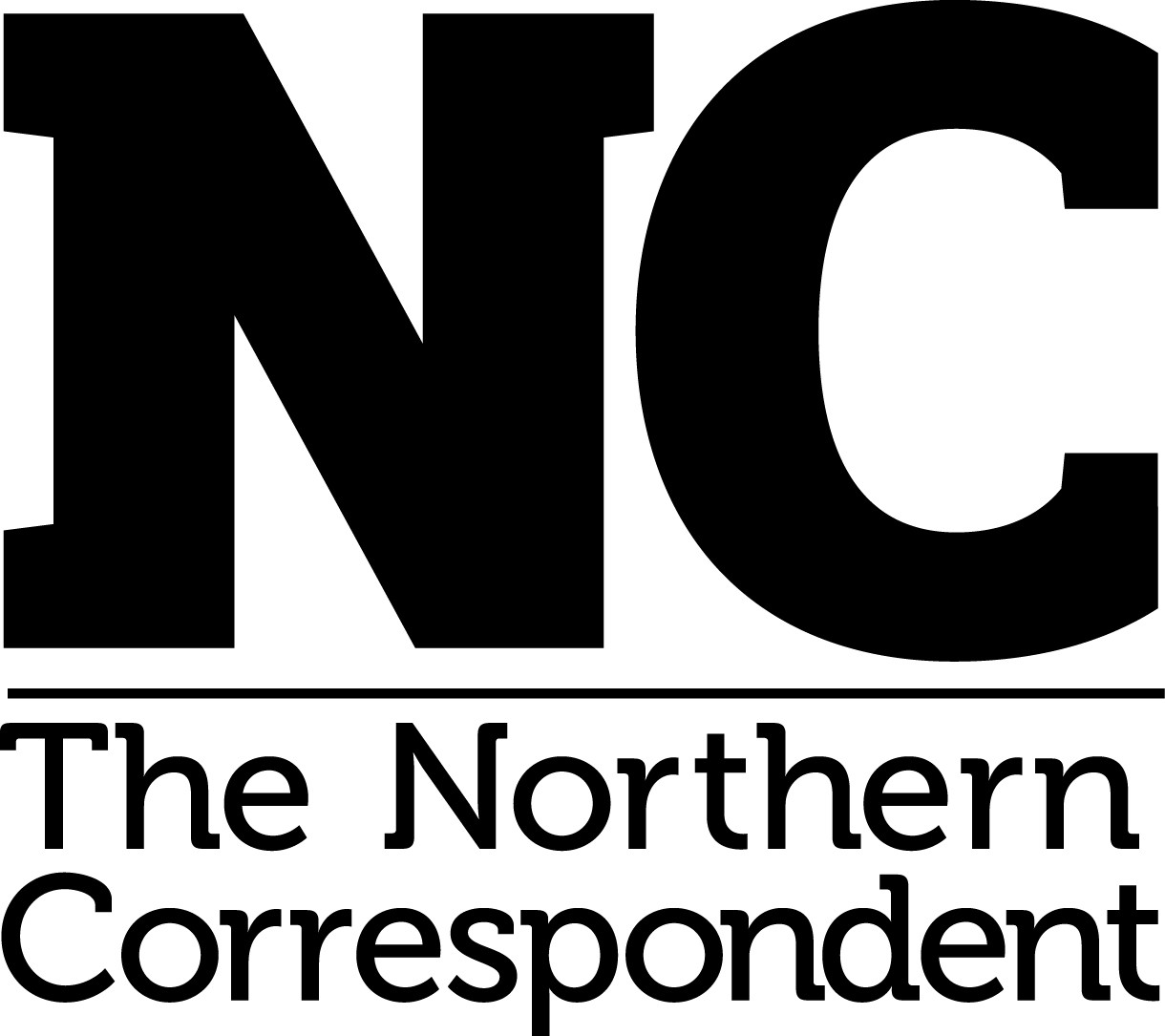There’s no other region of England that has been and continues to be as resilient, open to experiment, and optimistic about the possibilities of the future, argues Michael Pearce
I came to the north east for the first time in the early spring of 1983, one of a group of students on a geography field trip from a sixth form college in the far south of England. Like many 17-year-olds we were self-absorbed and inward-looking, more interested in each other than our surroundings. We stayed at Durham University. Most of my memories of that time are of what went on in the halls of residence: the illicit drinking and smoking, the romantic liaisons, the talk, the music. On the door of my room the term-time occupant had pinned a Dantesque warning: “Abandon hope of milk in your coffee, all ye who enter here.”
But my most powerful memories are of the landscapes; or more precisely those landscapes shaped by the region’s emblematic industries: an expanse of oily coal-mud scored with tyre tracks at Easington, and the numbing visual assault of conveyors dropping pit waste over the cliffs into the North Sea; the Wear in Sunderland, a Stygian gorge clogged with the orange and red hulls of new ships; a vast covered yard, spark-drifts, impossible noise; a mining village in County Durham with low strips of housing, a green with rusted swings, bright coins of snow on the bare hills.
After that first encounter I had no cause to return until my career brought me back in 2004. And then I began to measure the memories against the reality. And, of course, I realised they could not help me locate myself in this new north east. The “black beaches” of the Durham coast had been scoured clean by the sea (no more mines, no more waste); the shipyard where I had stood was long gone, like all the great yards along the Wear.
The loss of the north east’s primary industries has been painful; for some it has led to a drifting purposelessness, pervasive psychological and cultural disorientation, even trauma. But in the decade since my return, I have often been reminded that there is no other region of England that has been and continues to be as resilient, open to experiment, and optimistic about the possibilities of the future.
Now when I look back on that first trip I realise that those images of raw industrial potency have crowded out other less insistent – but no less significant – memories: visits to Washington and the Byker estate where we learned that mass public housing – designed around the needs and social values of its residents – could be innovative, radical and environmentally sensitive; Eldon Square, reinforcing what had always been the case about Newcastle upon Tyne, that it was a great mercantile city, not just an industrial one; a newly opened station on the Metro, its clean modernist design speaking of a standard of transport infrastructure unknown in the Hampshire towns and villages from where we came.
Building a region, shaping an identity and purpose is an ongoing project, one which needs space for dialogue, perhaps especially between people who would not usually get the chance to talk to each other. The Northern Correspondent is one such space, of course, as is “The New North East”, a free one-day symposium taking place on July 13th at the Sir Tom Cowie Campus of the University of Sunderland – the very site where the shipyard of J.L. Thompson and Sons once stood.
Dr Michael Pearce is senior lecturer in English language in the Department of Culture at University of Sunderland.
Do you agree with his view of the “new north east”? Tell us your views in the comments section below – by clicking on the little speech bubble.
(Views expressed on our website and in our magazines and emails are not necessarily endorsed by Northern Correspondent.)


We’ll have a New North East when we build a new, distinct, identifying democratic politics out of a refreshed and refreshing landscape of community, family, culture and language. So much hangs together in what is such a vibrant and special place but we need to throw off the torpor of 100 stultifying years and recognise and support some insistent voices bubbling from below.